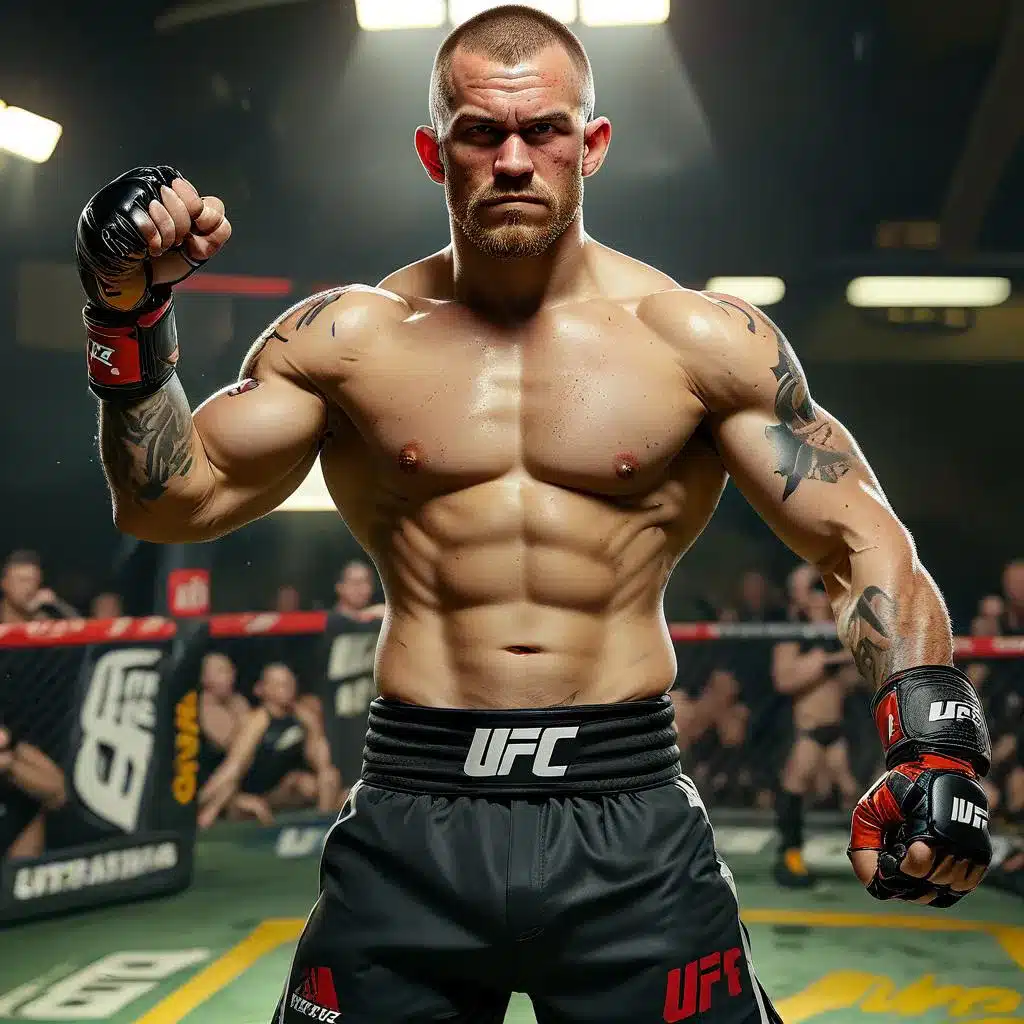Table of Contents
For some time, the UFC was an American phenomenon by and large—Las Vegas its de facto capital, and its biggest stars made and bred in the bright lights of U.S. arenas. Those days are behind us now. The UFC is international now, not just in fan base, but in where it puts on its biggest fights, develops its next champions, and makes its legacy.
From Sydney’s packed arenas to ancient debuts in Africa and Asia, the Octagon has become global. And for fans, that means more nights to remember across time zones, cultures, and continents. If you think the UFC is all about Vegas pay-per-views and Fight Nights in Florida, think again. Internationalism is the future.
Where the Octagon Goes Next: UFC’s 2025–2026 International Slate
UFC President Dana White has long hinted at the company’s desire to reach every continent—and now the plan is underway. 2025 and 2026 are shaping up to be the most internationally ambitious years in company history, with major events planned or in the works on every corner of the globe.
It’s a no-brainer from a business perspective. The UFC has grown exponentially in global markets over the last decade, specifically in Brazil, China, the UK, and most recently, Africa. Local talent draws local interest, and sold-out events build brand loyalty. These aren’t just fights—these are cultural events.
With this expansion comes a shift in fan engagement as well. New market fans are not just watching—they are participating. With online betting UFC considerations among other sports on sites like Melbet, fans now follow fight cards not just to watch, but to place knowledgeable bets in real-time. That involvement spurs even more interest, from Lagos to London.
Here’s a look at some of the most anticipated international UFC events on the horizon:
UFC’s International Events to Watch (2025–2026)
| Location | Tentative Date | Why It Matters |
| Riyadh, Saudi Arabia | October 2025 | First-ever UFC PPV in the Kingdom; heavyweight headliner likely |
| Cape Town, South Africa | Q1 2026 | Historic debut on African soil, possibly headlined by Nigerian or South African star |
| Seoul, South Korea | November 2025 | Return to Asia with local stars like Doo Ho Choi and rising prospects |
| London, UK | March 2026 | UK cards now feel like mini PPVs, with Tom Aspinall and Paddy Pimblett in the mix |
Every one of these battles offers more than fists and fireworks. They introduce new fanbases to the mix, bring local fighters into the limelight, and shine a light on how not only is the UFC growing, but it’s evolving.
Local Heroes, Global Impact
One of the most important areas that UFC’s growth is thriving is in putting money into up-and-coming regional stars. Picture a world tour for MMA—but with athletes that already have the fans considering them hometown heroes.
From Israel Adesanya in New Zealand to Khamzat Chimaev in Sweden to Zhang Weili in China, locally grown fighters with international draw fuel fans and pay-per-view buys. They have stories that resonate, their style of fighting is entertaining, and their presence sells out arenas thousands of miles from Vegas.
Meanwhile, the international reach of the UFC has turned training camps, gyms, and fight camps into melting pots. In addition to sparring in Brazil, Thailand, or Dagestan to learn technique, fighters now also go there for cultural gain. The result is a more unpredictable and multicultural fight sport in which anything can and does occur.
As global viewership rises, digital engagement follows. Platforms offering immersive, real-time interaction—like online casino live services—are also seeing crossover attention from fight fans. Melbet, for example, blends live casino rooms with sports-centered gaming, letting fans tune into UFC events while interacting with fellow bettors. It’s a new kind of sports bar—virtual, global, and always open.
The Energy of the International Crowd
Ask any fighter who’s performed outside the U.S., and you’ll hear it: international crowds are built differently. Whether it’s the rhythmic chants in São Paulo, the rowdy cheers in Dublin, or the explosive reactions in Sydney, each region adds its own flavor to fight night.
Fans don’t merely respond to punches—they live every moment of the build-up, the walkouts, and the post-fight interviews. That energy sustains the fighters, powers the broadcasts, and ultimately determines the experience. The Octagon itself might be the same everywhere, but the environment surrounding it is anything but.
That’s what makes the global outreach more than a promotional effort—it’s a transformation. As the UFC hosts more and more high-profile bouts internationally, the cross-cultural exchange accelerates. A London crowd sees a Korean fighter enter the forefront. A Middle Eastern crowd sees a Canadian grappler rise through the ranks. It’s no longer simply MMA—it’s a shared vocabulary of violence.
From Riyadh to Cape Town, from octagon to net, the UFC global tour is not a tour but a movement. The fights are getting larger as the world gets smaller, and the fans everywhere are entering the action like never before. Everybody now owns the Octagon.


